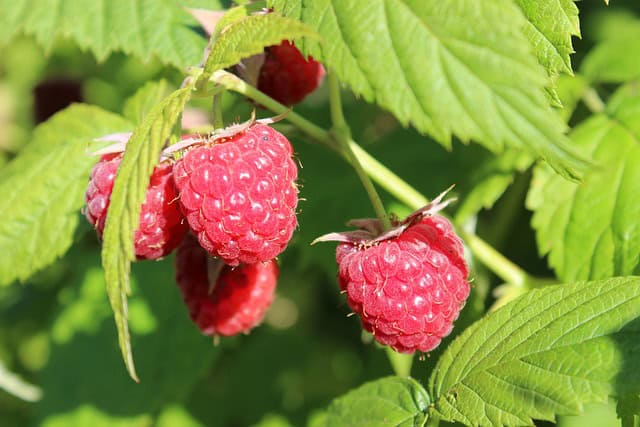Raspberry plants are a favorite among gardeners due to their delicious fruit and relative ease of care. However, these plants can be susceptible to a variety of issues that can cause them to die.
Understanding the causes and symptoms of a dying raspberry plant is essential for any gardener looking to cultivate healthy raspberry bushes.
One of the most common causes of Raspberry Plants Dying is improper watering. Overwatering or underwatering can lead to wilting, yellowing, and dropping leaves, which can eventually cause the plant to die.
Additionally, pests and diseases can also cause raspberry plants to die. Identifying the symptoms of a dying raspberry plant is crucial in determining the underlying cause and taking the necessary steps to revive the plant.
In this article, we will explore the various factors that can cause raspberry plants to die, including pests, diseases, environmental factors, and improper care. We will also discuss the different varieties of raspberry plants, their soil and watering requirements, and the importance of pruning and mulching in raspberry plant care.
By the end of this article, readers will have a better understanding of how to identify and prevent a dying raspberry plant, ensuring a bountiful harvest of delicious raspberries.
Key Takeaways on Raspberry Plants Dying
- Proper watering and pest control are essential for healthy raspberry plants.
- Identifying the symptoms of a dying raspberry plant can help determine the underlying cause and take appropriate action.
- Regular pruning, mulching, and fertilization can help prevent a dying raspberry plant.
Also don’t miss:
Understanding Raspberry Plant Varieties
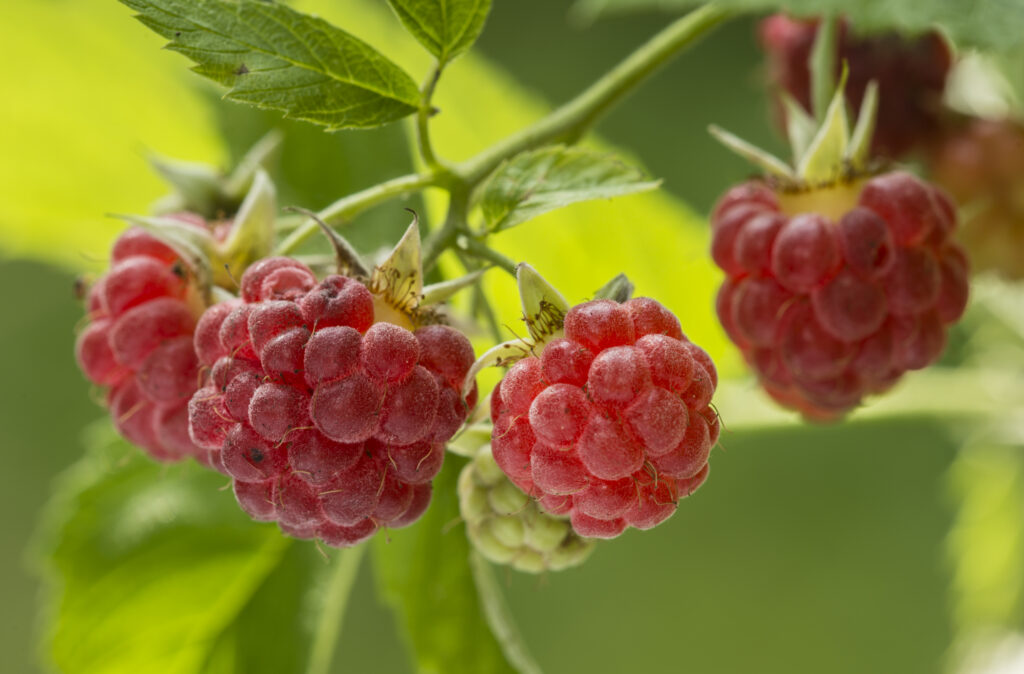
Raspberry plants come in different varieties, each with its unique characteristics. Understanding these varieties is important when it comes to planting, maintaining, and harvesting raspberries.
1. Red Raspberry
Red raspberries are the most commonly grown variety in North America. They produce fruit in early summer on two-year-old canes. They are also known as summer-bearing raspberries. The canes die after fruiting, and new canes grow in their place. Red raspberries require pollination from bees or other insects to produce fruit.
2. Black Raspberry
Black raspberries are native to the United States and produce fruit in early summer on two-year-old canes. They are also known as summer-bearing raspberries. The canes die after fruiting, and new canes grow in their place. Black raspberries are self-fertile and do not require pollination to produce fruit.
3. Raspberry Varieties
There are several raspberry varieties, including Heritage, Caroline, and Fall Gold. Each variety has its unique characteristics, such as fruit size, flavor, and ripening time. It is essential to choose a raspberry variety that is suitable for your climate and soil type.
4. Summer-Bearing
Summer-bearing raspberries produce fruit once a year in early summer. They are the most common raspberry variety and require pollination to produce fruit. Summer-bearing raspberries are typically harvested over a few weeks.
5. Ever-Bearing
Ever-bearing raspberries produce fruit twice a year, once in early summer and again in the fall. They are also known as fall-bearing raspberries. Ever-bearing raspberries are self-fertile and do not require pollination to produce fruit.
6. Self-Fertile
Self-fertile raspberry varieties, such as black raspberries and ever-bearing raspberries, do not require pollination to produce fruit. They are ideal for small gardens or areas without bees or other pollinators.
Identifying Symptoms of a Dying Raspberry Plant
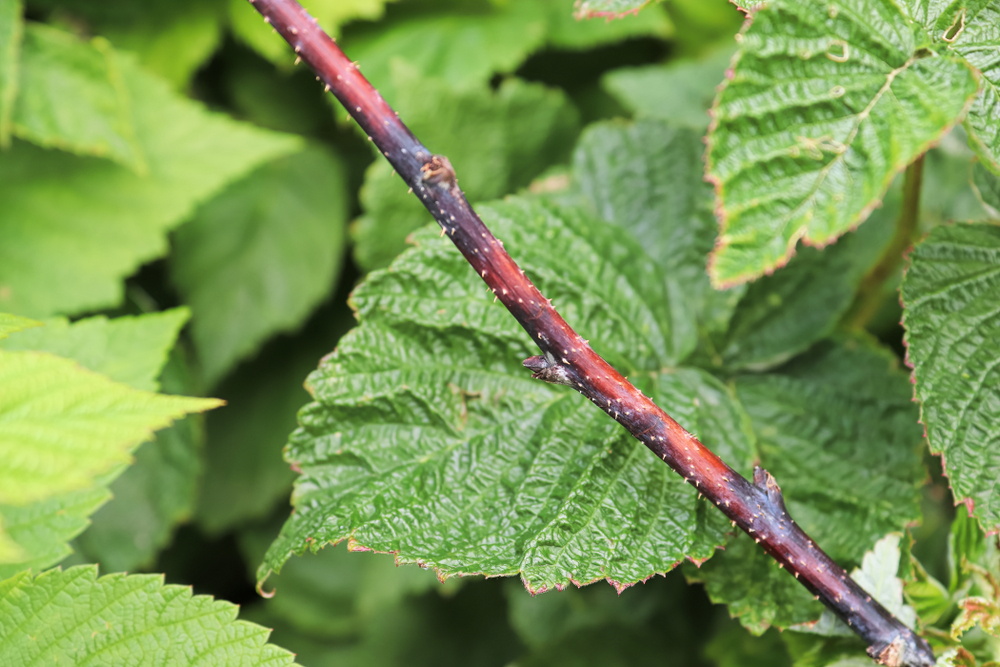
Raspberry plants are susceptible to various issues that can cause them to die. Knowing the signs of a dying plant can help you take action and save your raspberry bushes. Here are some symptoms to look out for:
1. Wilting
If your raspberry plant is wilting, it could be a sign of stress due to overwatering or underwatering. Check the soil moisture level and adjust watering accordingly.
2. Yellowing Leaves
Yellowing leaves can indicate a nutrient deficiency or pest infestation. Inspect the leaves for signs of pests and apply appropriate treatment.
3. Red or Yellow Leaves
Red or yellow leaves can be a sign of nutrient deficiency or disease. Check the soil pH and apply appropriate fertilizer or treatment.
4. Crumbling Fruit
If the fruit on your raspberry plant is crumbling, it may be a sign of pests or disease. Inspect the fruit for signs of infestation and apply appropriate treatment.
5. Dead Growth
Dead growths on your raspberry plant can be a clear sign that it’s dying. Dead growths will appear as white or grey, and when you cut into them, the stem will be brown.
Common Diseases in Raspberry Plants
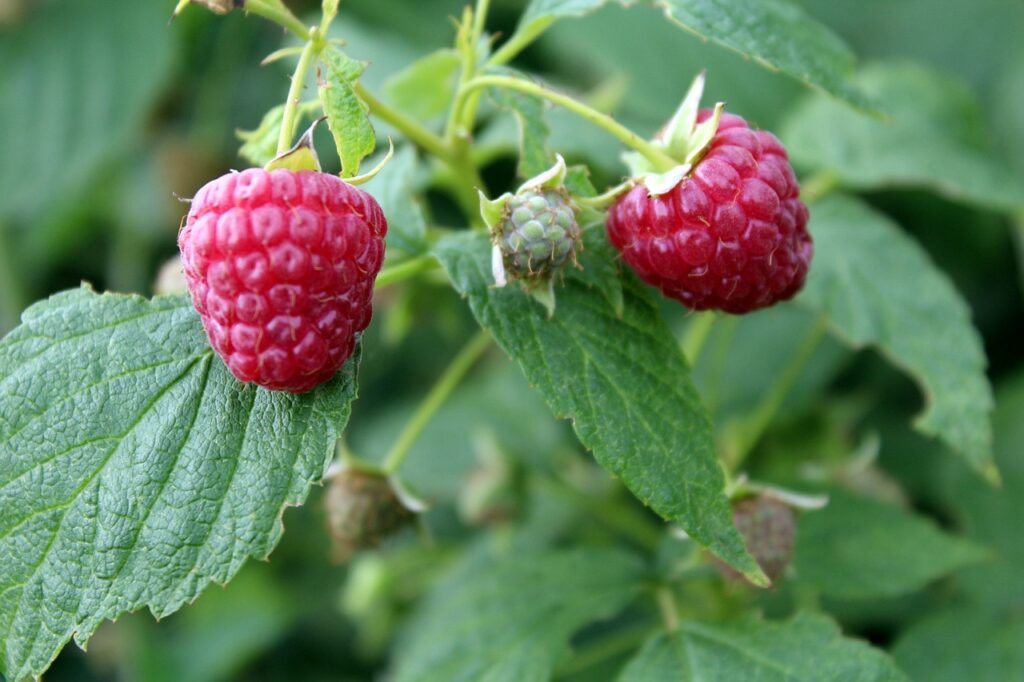
Raspberry plants are susceptible to several diseases that can cause them to wither and die. Identifying the symptoms of these diseases early on can help prevent them from spreading and save the plant. Here are some common diseases that affect raspberry plants:
1. Cane Blight
Cane blight is a fungal disease that affects the canes of raspberry plants. It causes the canes to wilt and die, starting from the tips and moving downwards. The affected canes turn brown or black, and the bark may split open. The disease spreads through spores that are carried by wind and rain. Wet weather can exacerbate the problem.
2. Root Rot
Root rot is a disease caused by a fungus that attacks the roots of raspberry plants. It causes the roots to rot, and the plant cannot absorb water and nutrients properly. The leaves turn yellow and wilt, and the plant eventually dies. Root rot is more common in poorly drained soils or when the plant is overwatered.
3. Verticillium Wilt
Verticillium wilt is a fungal disease that affects the vascular system of raspberry plants. It causes the leaves to wilt and turn yellow or brown, starting from the bottom of the plant and moving upwards. The stems may also turn brown or black. The disease spreads through soil-borne fungi and can persist in the soil for years.
4. Rust
Rust is a fungal disease that affects the leaves of raspberry plants. It causes orange or yellow spots on the upper surface of the leaves and brown pustules on the underside. The leaves may turn yellow and fall off. The disease spreads through spores that are carried by wind and rain. Wet weather can exacerbate the problem.
5. Fire Blight
Fire blight is a bacterial disease that affects the canes, leaves, and flowers of raspberry plants. It causes the leaves and flowers to turn black and the canes to wilt and turn brown or black. The disease spreads through rain, wind, and insects. It is more common in warm, humid weather.
6. Spur Blight
Spur blight is a fungal disease that affects the fruiting spurs of raspberry plants. It causes the spurs to turn brown or black, and the fruit to become small and misshapen. The disease spreads through spores that are carried by wind and rain. Wet weather can exacerbate the problem.
Pests That Affect Raspberry Plants
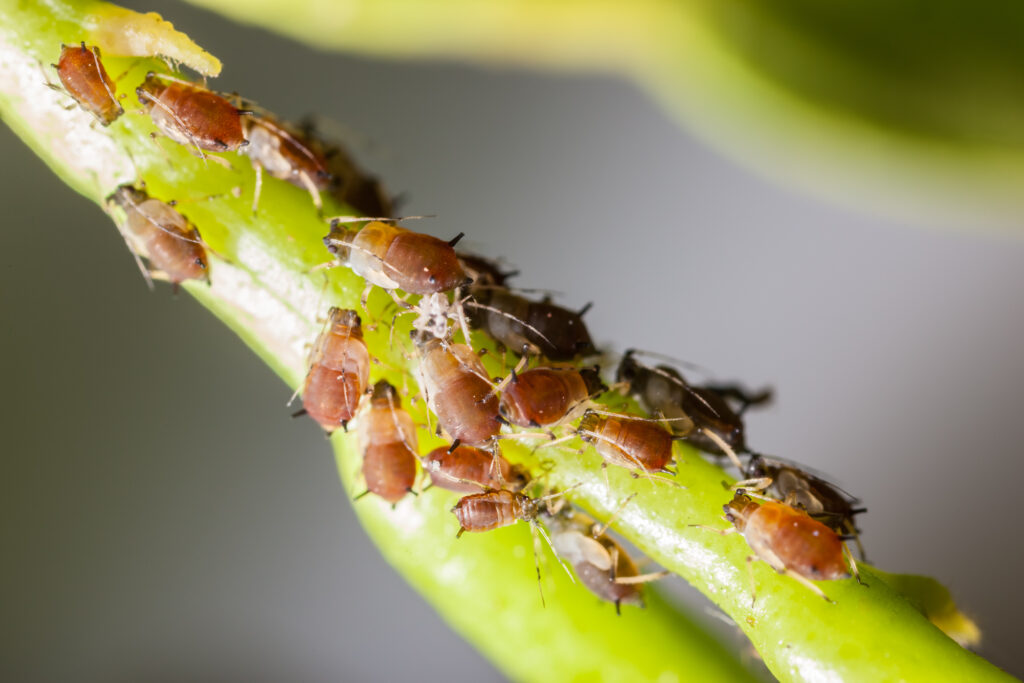
Raspberry plants are susceptible to many pests that can cause significant damage to the plant and reduce the yield of fruit. In this section, we will discuss two common pests that affect raspberry plants: aphids and cane borers.
Aphids
Aphids are small, soft-bodied insects that feed on the sap of the raspberry plant. They can cause significant damage to the plant by sucking the sap from the leaves and stems, which can lead to stunted growth and reduced yields. Aphids can also transmit viruses that can further weaken the plant.
To control aphids, it is important to monitor the plants regularly and remove any infested leaves or stems. You can also use insecticidal soap or neem oil to control aphids. Additionally, introducing natural predators such as ladybugs or lacewings can help keep aphid populations in check.
Cane Borer
Raspberry cane borers are a type of beetle that lay their eggs in the raspberry plant’s canes. The larvae then tunnel into the cane, causing significant damage and weakening the plant. Signs of cane borer infestation include wilting leaves and dying canes.
To control cane borers, it is important to prune out any infested canes and destroy them. You can also use insecticides labeled for use against cane borers, but be sure to follow the label instructions carefully.
It is important to note that prevention is key when it comes to controlling pests that affect raspberry plants. Good cultural practices such as proper pruning, fertilization, and watering can help keep the plants healthy and less susceptible to pest infestations.
Environmental Factors Causing Raspberry Plant Distress
Raspberry plants can be affected by various environmental factors that cause distress and lead to their decline. Here are some of the most common environmental factors that can cause raspberry plant distress:
1. Sunlight
Raspberry plants require a lot of sunlight to grow and produce fruit. Without enough sunlight, the plants will not be able to photosynthesize and produce enough energy to sustain themselves.
If raspberry plants are planted in an area with too much shade, they will not grow well and will produce fewer fruits. It is recommended that raspberry plants be planted in an area with at least 6 hours of direct sunlight daily.
2. Partial Shade
While raspberry plants require a lot of sunlight, they also need some shade to protect them from the hot sun. If raspberry plants are exposed to too much direct sunlight, they may become stressed and wilt. To avoid this, raspberry plants should be planted in an area with partial shade, especially during the hottest part of the day.
3. Hot Weather
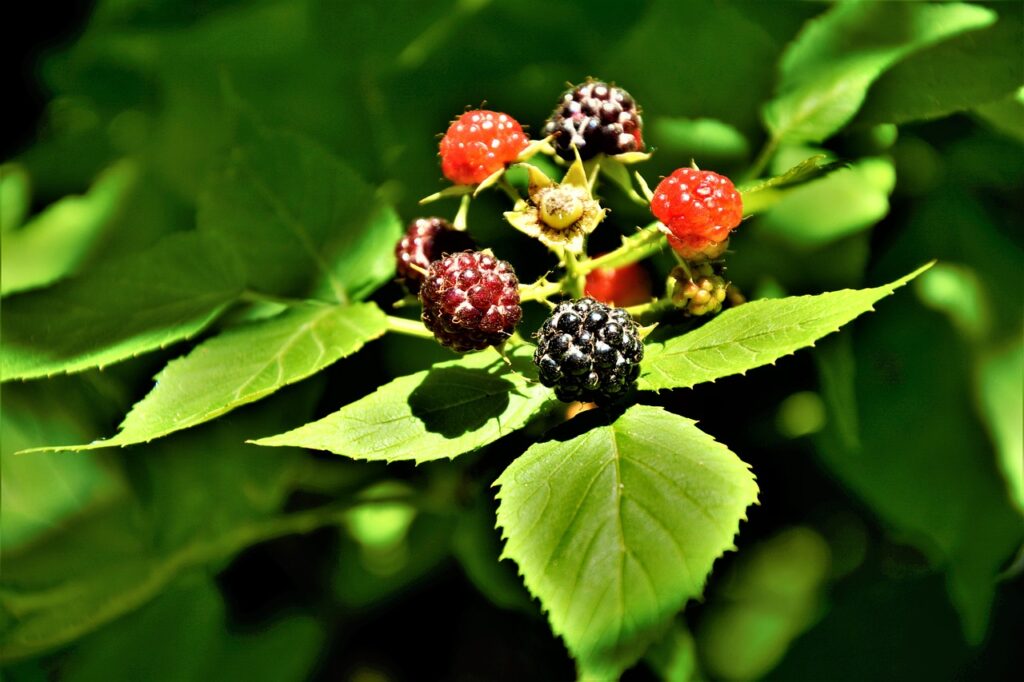
Raspberry plants are sensitive to hot weather, and high temperatures can cause the plants to wilt and become stressed. During hot weather, it is important to keep the soil around the raspberry plants moist to help them cope with the heat. Mulching around the plants can also help to keep the soil cool and retain moisture.
4. Wet Weather
While raspberry plants need moisture to grow, too much water can be harmful to them. Wet weather can cause the soil to become waterlogged, which can lead to root rot and other diseases. To prevent this, raspberry plants should be planted in well-draining soil and should not be overwatered.
5. Winter Injury
Raspberry plants are susceptible to winter injury, especially if they are not properly protected. During the winter, raspberry plants should be pruned and covered with a layer of mulch to protect them from the cold. If raspberry plants are not properly protected, they may suffer from frost damage and die back in the spring.
Soil and Watering Requirements for Raspberry Plants
Raspberry plants require well-draining soil with a pH level between 5.5 and 6.5. If the soil pH is too high or too low, the plant may not be able to absorb essential nutrients, leading to stunted growth or even death. It is important to test the soil pH before planting raspberry bushes to ensure the soil is suitable for the plants.
In addition to pH levels, raspberry plants require soil that is rich in organic matter. Adding 2 inches of compost to the soil before planting can help improve soil quality. It is also important to ensure that the soil is not compacted, as this can prevent water and air from reaching the roots of the plant.
When it comes to watering, raspberry plants require consistent moisture. Over-watering can lead to root rot and under-watering can cause the plant to wilt and die. To determine when to water, it is recommended to check the top 2-4 inches of soil. If the soil is dry, it is time to water.
It is important to note that poorly draining soil can lead to waterlogged roots and ultimately, the death of the plant. To test soil drainage, perform a percolation test by digging a hole 12 inches deep and filling it with water.
If the water drains within an hour, the soil is well-draining. If the water takes longer to drain, the soil may be poorly draining and may require amending.
Finally, it is important to consider transpiration when watering raspberry plants. Transpiration is the process by which water is lost through the leaves of the plant.
During hot and dry weather, raspberry plants may require more water to compensate for the increased rate of transpiration. Consistently monitoring the soil moisture level and adjusting watering accordingly can help ensure the health of raspberry plants.
Importance of Pruning and Mulching in Raspberry Plant Care
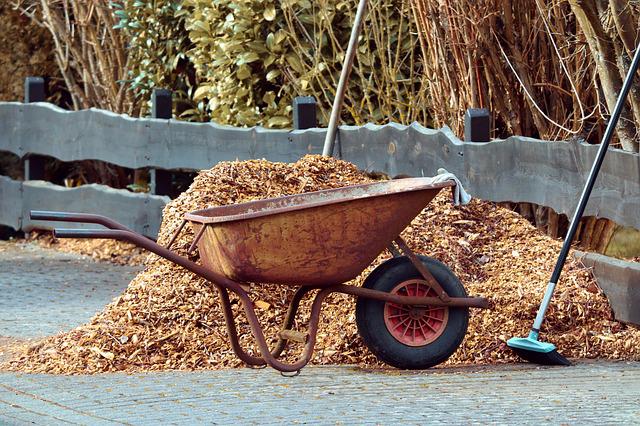
Raspberry plants require proper care to grow and produce the best fruit. Pruning and mulching are two essential practices that can help ensure the longevity and productivity of raspberry plants.
Pruning
Pruning is the process of removing old and diseased canes from the raspberry plant. It is a crucial step in maintaining the health of the plant and promoting the growth of new canes. Old canes can harbor diseases and pests that can spread to the new canes.
Young canes, also known as primocanes, grow from the base of the plant and produce leaves but no fruit in their first year. Floricanes, on the other hand, are the second-year canes that produce fruit. After the fruit is harvested, floricanes should be pruned to make way for new primocanes.
Pruning should be done in late winter or early spring before the new growth starts. The old canes should be cut down to the ground, and the new canes should be thinned out to four to six per foot of row. This practice helps to ensure adequate light and air circulation, which can prevent the spread of diseases.
Mulching
Mulching is the process of covering the soil around the raspberry plant with organic material, such as straw or compost. Mulch helps to retain moisture in the soil, suppress weeds, and regulate soil temperature. However, care should be taken not to apply too much mulch, which can create a wet environment that can lead to root rot.
Mulch should be applied in a layer of two to four inches around the base of the plant, leaving a three-inch gap between the mulch and the raspberry canes. The mulch should be replenished every three to six months to maintain its effectiveness.
Fertilization and Composting for Raspberry Plants
Fertilization and composting are essential for the growth and health of raspberry plants. Raspberry plants require a balanced supply of nutrients to produce healthy fruit. The soil’s nutrient levels should be tested before planting raspberry plants and then monitored regularly.
Fertilizers can be applied to raspberry plants in the early spring before new growth appears. A 10-10-10 or 20-20-20 balanced fertilizer is recommended for raspberry plants. This type of fertilizer provides equal amounts of nitrogen, phosphorus, and potassium, which are essential for the growth of raspberry plants.
Composting is another effective way to provide nutrients to raspberry plants. Compost is a natural fertilizer that provides a slow release of nutrients to the soil.
Composting can be done by using kitchen scraps, leaves, grass clippings, and other organic materials. The compost should be added to the soil around the raspberry plants in the early spring.
It is important to note that over-fertilization can harm raspberry plants. Too much nitrogen can result in excessive leaf growth at the expense of fruit production. Therefore, it is important to follow the recommended application rates for fertilizers and compost.
Choosing Resistant Varieties and Prevention Methods
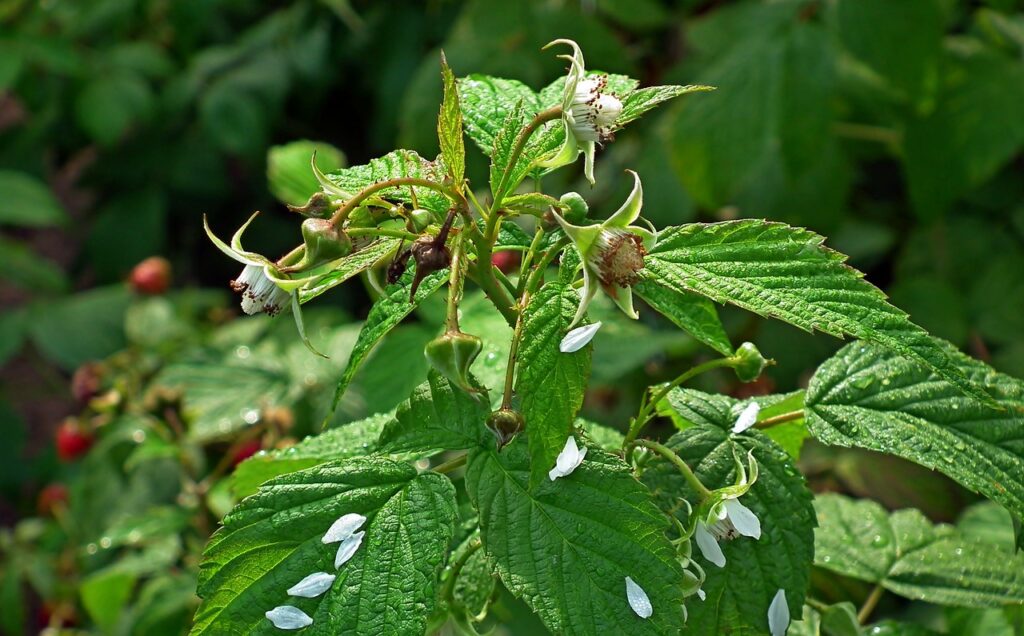
When it comes to preventing raspberry plant diseases, choosing resistant varieties is a great place to start. Homozygous resistant varieties, which have resistance from both parents, tend to be more effective at suppressing diseases than heterozygous varieties, which only have resistance from one parent.
It’s also important to select varieties that are suited for the local climate and soil conditions. Consulting with a local gardening expert or extension service can be helpful in determining the best varieties for a particular area.
In addition to selecting resistant varieties, there are several prevention methods that can help keep raspberry plants healthy. Proper pruning and maintenance can help prevent the spread of diseases, as can good sanitation practices.
This includes removing and disposing of any diseased plant material, as well as cleaning tools and equipment between uses.
Mulching can also be an effective prevention method, as it can help suppress weeds and keep soil moisture levels consistent. However, it’s important to avoid over-mulching, as this can lead to excessive moisture levels and promote disease development.
Finally, it’s important to monitor raspberry plants regularly for signs of disease and address any issues promptly. This can include removing diseased plant material, applying fungicides as necessary, and adjusting irrigation and fertilization practices to promote plant health.
Growing Raspberries: Best Practices
Raspberries are a delicious and nutritious fruit that can be enjoyed fresh or used in a variety of recipes. Growing raspberries can be a rewarding experience, but it requires some careful planning and attention to detail. Here are some best practices for growing raspberries:
Planting Raspberries
When planting raspberries, it’s important to choose a site with well-drained soil and full sun. Raspberries prefer slightly acidic soil with a pH between 5.5 and 6.5. They also need good air circulation to prevent disease.
Raspberry bushes should be planted in the spring or fall, and they should be spaced about 2-3 feet apart. It’s a good idea to plant raspberries in raised beds to improve drainage and prevent root rot.
Care and Maintenance
Once your raspberry bushes are established, they will require regular care and maintenance to ensure a healthy fruit crop. Here are some tips for caring for your raspberry bushes:
- Water regularly: Raspberries need about 1-2 inches of water per week, especially during hot, dry weather.
- Fertilize: Raspberries benefit from regular fertilization with a balanced fertilizer, such as 10-10-10.
- Prune: Prune your raspberry bushes in late winter or early spring to remove any dead or diseased canes and to thin out the remaining canes.
- Mulch: Apply a layer of mulch around your raspberry bushes to help retain moisture and suppress weeds.
Fruit Production
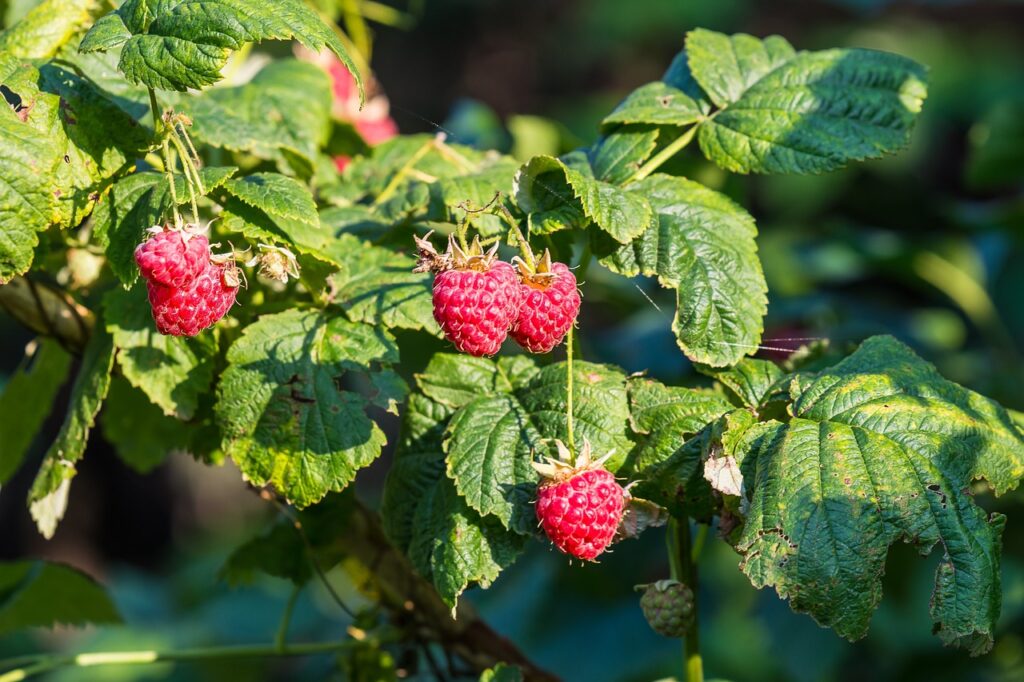
Raspberries are a biennial fruit crop, which means they produce fruit on second-year canes. To ensure a good fruit crop, it’s important to properly prune and thin out your raspberry bushes each year.
When harvesting raspberries, it’s best to pick them when they are fully ripe and slightly soft to the touch. Raspberries can be stored in the refrigerator for a few days, or they can be frozen for later use.
Frequently Asked Questions
How do you revive a dying raspberry plant?
Reviving a dying raspberry plant is possible with the right steps. The first step is to prune the plant, removing any dead or diseased canes. The second step is to fertilize the plant with a balanced fertilizer. Finally, the plant should be watered deeply and mulched to retain moisture.
What’s killing my raspberry plants?
There are several potential causes of raspberry plant death, including fungal root rot, boring insects, and environmental problems. Ask Extension suggests that root rot is the most common cause of raspberry plant death.
What do overwatered raspberries look like?
Overwatered raspberries may exhibit yellowing leaves, wilting, and root rot. Iif the soil is too wet, the roots may not be able to absorb the nutrients from the soil, leading to plant death.
Why are my raspberry leaves turning brown and dying?
Raspberry leaves may turn brown and die due to fungal diseases such as anthracnose and spur blight. These diseases can be prevented by pruning the affected canes and applying a fungicide. That inadequate watering may also cause leaves to turn brown and die.
What are the signs of raspberry cane blight?
Raspberry cane blight is a fungal disease that affects the canes of raspberry plants. The signs of cane blight include wilting, yellowing leaves, and the presence of dark brown or black patches on the canes.
Removing the affected canes and applying a fungicide can help prevent the spread of the disease.
How can I prevent raspberry fire blight?
Raspberry fire blight is a bacterial disease that affects the leaves and canes of raspberry plants. To prevent fire blight, recommends removing and destroying any affected canes and avoiding overhead watering. Additionally, pruning the plant to promote good air circulation can help prevent the spread of the disease.

Hey, I’m Lisa and I’ve been an avid gardener for over 30 years. I love writing, talking and living in the garden! Feel free to connect with me on my socials below

